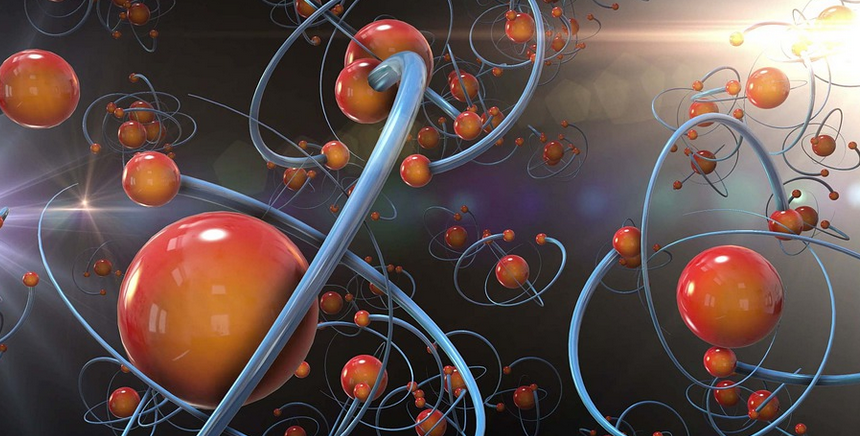What is Boron?
Boron is a chemical element with the symbol B and atomic number 5. It is a metalloid, which means it has properties of both metals and nonmetals. Boron is found in the Earth’s crust and is commonly used in a variety of industries, including agriculture, ceramics, and electronics.
Boron’s Chemical Properties
Boron has a unique chemical structure that makes it an important element for both organic and inorganic chemistry. The most common isotopes of boron are ^10B and ^11B, and its electron configuration is 1s^22s^22p^1. Boron is relatively light and has a low melting point, making it easy to work with in various chemical reactions.
Chemical Notation of Boron
The chemical notation of boron is typically represented by its symbol, B. However, boron can also be represented using its atomic number and mass number. For example, the most abundant isotope of boron has an atomic number of 5 and a mass number of 11, which can be written as ^11B.
Other Notations for Boron
Boron can also be represented using its electron configuration notation, which is 1s^22s^22p^1. Additionally, boron can be represented using its Lewis dot structure, which shows the number of valence electrons in an atom. In boron’s case, it has three valence electrons, which are represented as three dots placed around the symbol B.
Boron’s Role in Chemistry
Boron plays a significant role in both organic and inorganic chemistry. In organic chemistry, boron is used as a reagent in various reactions, such as the Suzuki coupling reaction and the hydroboration reaction. In inorganic chemistry, boron is used in the production of boron carbide, which is a hard material used in armor plating and cutting tools.
Boron’s Importance in Agriculture
Boron is an essential nutrient for plants, and it plays a critical role in plant growth and development. Boron deficiency can lead to stunted growth and reduced crop yields. As a result, boron is commonly used in agriculture as a fertilizer to ensure that plants receive the necessary nutrients to grow and produce healthy crops.
The Future of Boron
Boron is expected to play an increasingly important role in a variety of industries in the coming years. As new technologies and materials are developed, boron’s unique chemical properties make it a valuable element for use in electronics, energy storage, and other applications. Additionally, boron’s role in agriculture will continue to be important as the global population grows and the demand for food increases.
Conclusion
Understanding the chemical notation of boron is essential for anyone interested in chemistry or working in industries that use this important element. Boron’s unique properties make it a valuable resource for a variety of applications, and its role in agriculture is critical for ensuring that we can feed our growing population. As we continue to develop new technologies and materials, boron will undoubtedly play an increasingly important role in shaping our future.

